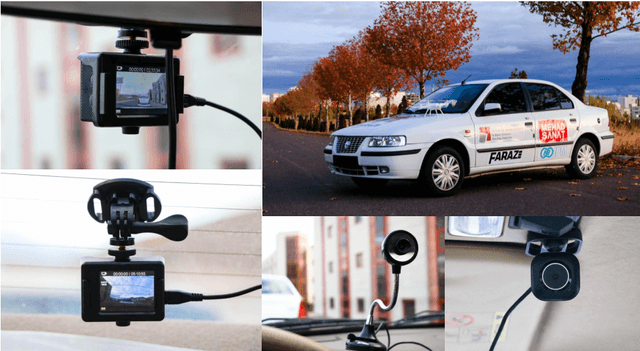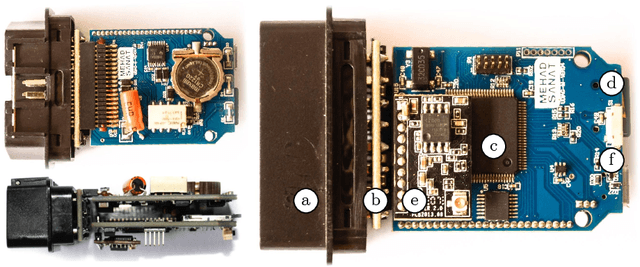Alireza Abbas Alipour
Application of Random Forest and Support Vector Machine for Investigation of Pressure Filtration Performance, a Zinc Plant Filter Cake Modeling
Jul 26, 2023



Abstract:The hydrometallurgical method of zinc production involves leaching zinc from ore and then separating the solid residue from the liquid solution by pressure filtration. This separation process is very important since the solid residue contains some moisture that can reduce the amount of zinc recovered. This study modeled the pressure filtration process through Random Forest (RF) and Support Vector Machine (SVM). The models take continuous variables (extracted features) from the lab samples as inputs. Thus, regression models namely Random Forest Regression (RFR) and Support Vector Regression (SVR) were chosen. A total dataset was obtained during the pressure filtration process in two conditions: 1) Polypropylene (S1) and 2) Polyester fabrics (S2). To predict the cake moisture, solids concentration (0.2 and 0.38), temperature (35 and 65 centigrade), pH (2, 3.5, and 5), pressure, cake thickness (14, 20, 26, and 34 mm), air-blow time (2, 10 and 15 min) and filtration time were applied as input variables. The models' predictive accuracy was evaluated by the coefficient of determination (R2) parameter. The results revealed that the RFR model is superior to the SVR model for cake moisture prediction.
An Intelligent Safety System for Human-Centered Semi-Autonomous Vehicles
Feb 20, 2019

Abstract:Nowadays, automobile manufacturers make efforts to develop ways to make cars fully safe. Monitoring driver's actions by computer vision techniques to detect driving mistakes in real-time and then planning for autonomous driving to avoid vehicle collisions is one of the most important issues that has been investigated in the machine vision and Intelligent Transportation Systems (ITS). The main goal of this study is to prevent accidents caused by fatigue, drowsiness, and driver distraction. To avoid these incidents, this paper proposes an integrated safety system that continuously monitors the driver's attention and vehicle surroundings, and finally decides whether the actual steering control status is safe or not. For this purpose, we equipped an ordinary car called FARAZ with a vision system consisting of four mounted cameras along with a universal car tool for communicating with surrounding factory-installed sensors and other car systems, and sending commands to actuators. The proposed system leverages a scene understanding pipeline using deep convolutional encoder-decoder networks and a driver state detection pipeline. We have been identifying and assessing domestic capabilities for the development of technologies specifically of the ordinary vehicles in order to manufacture smart cars and eke providing an intelligent system to increase safety and to assist the driver in various conditions/situations.
 Add to Chrome
Add to Chrome Add to Firefox
Add to Firefox Add to Edge
Add to Edge